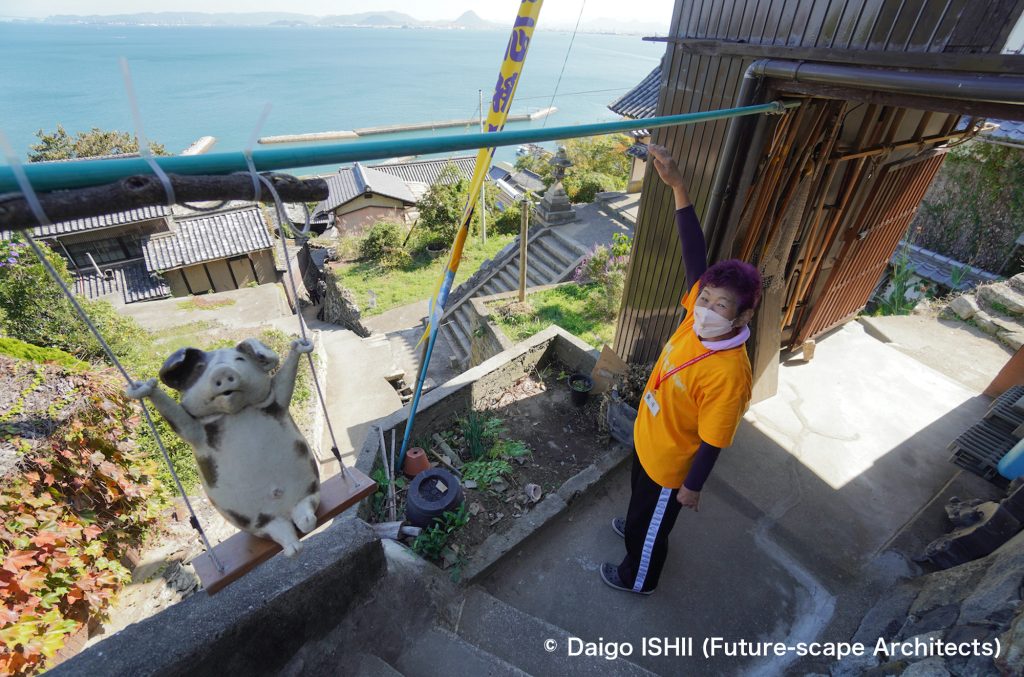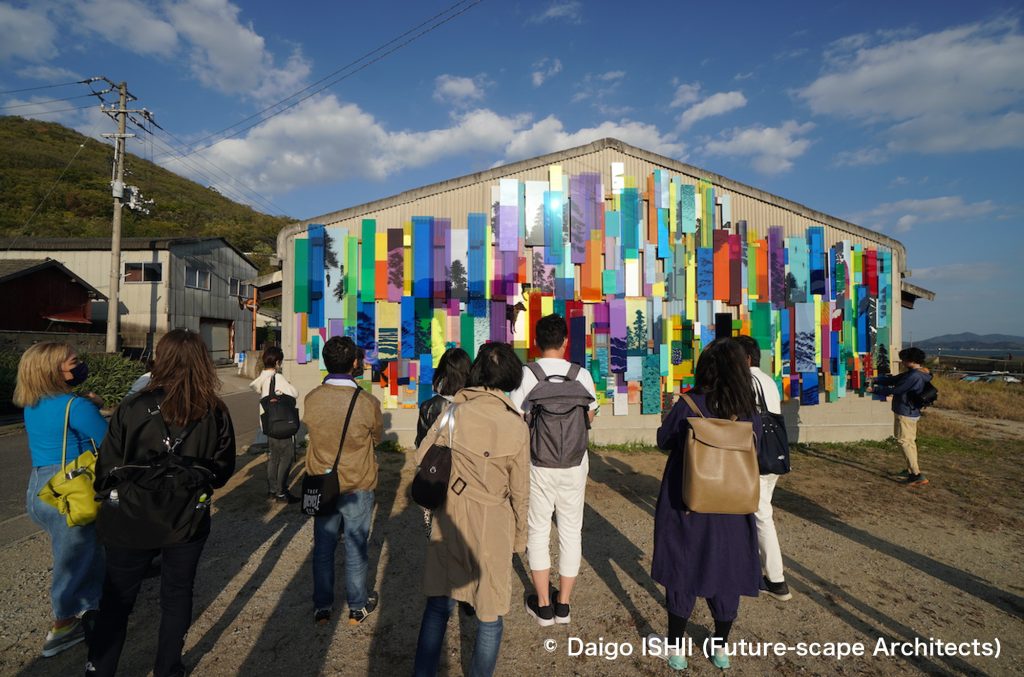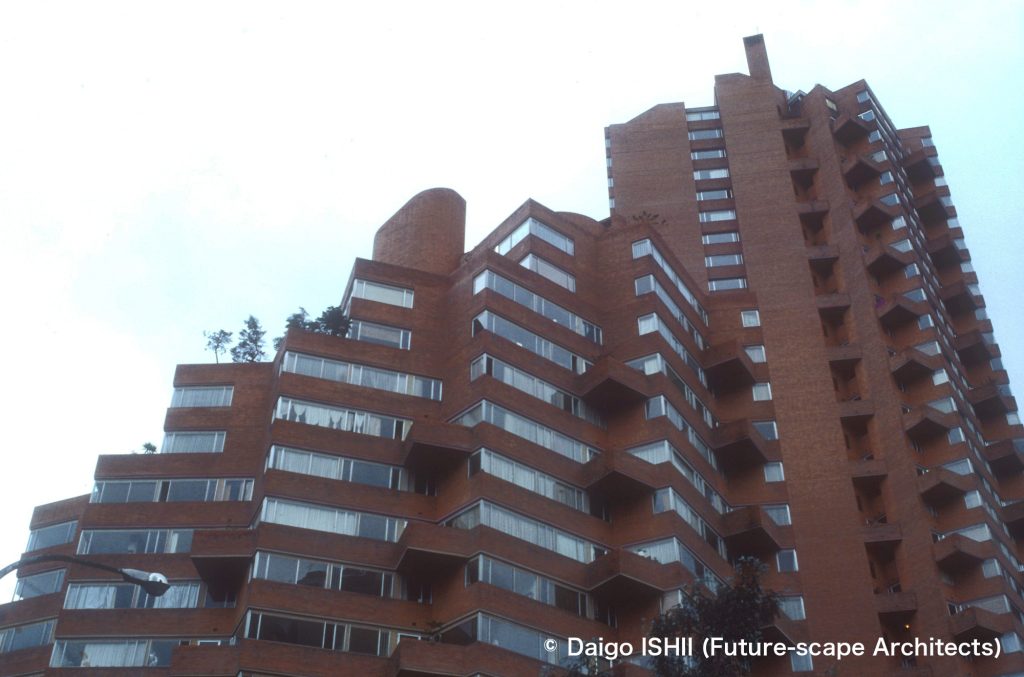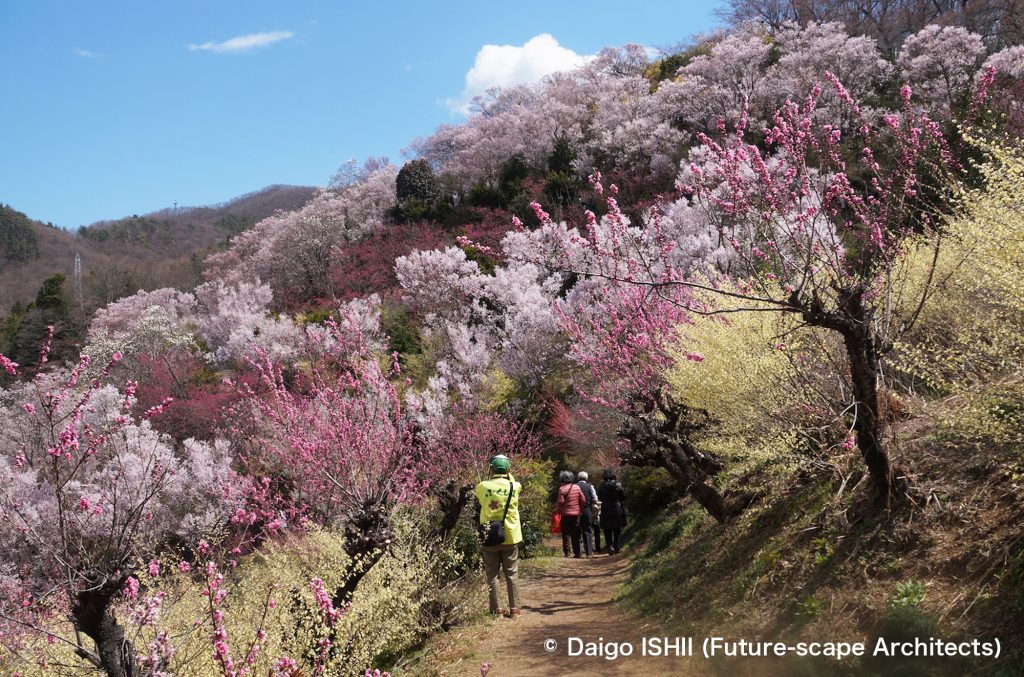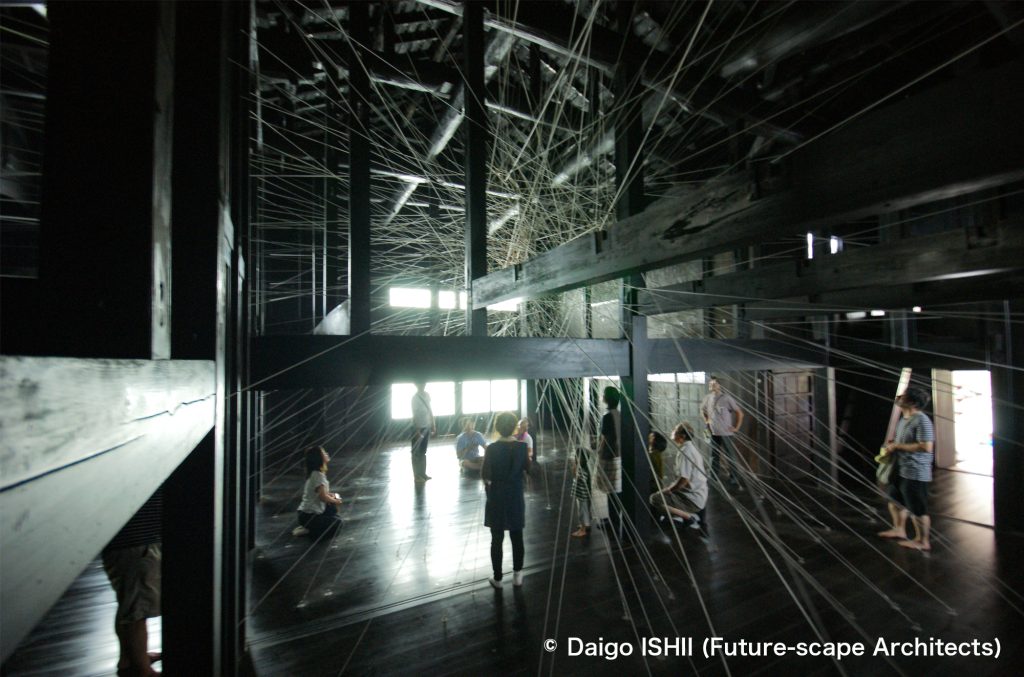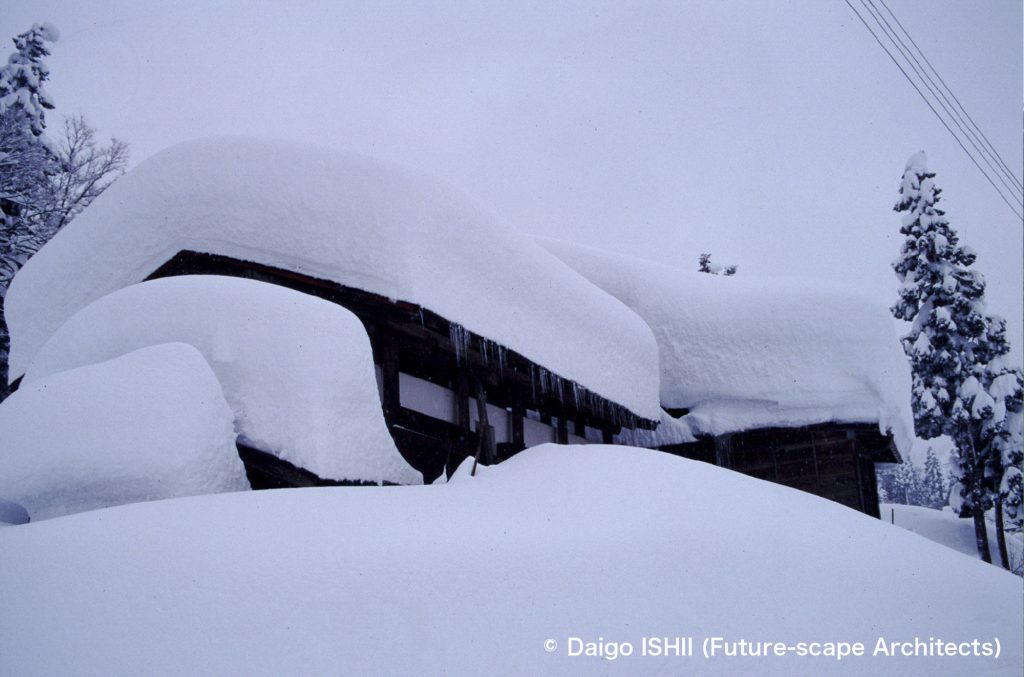5回目、12年目となる瀬戸内国際芸術祭は、島の家や集落とどう関わっているだろうか。
How is Art Setouchi 2022 in its 5th and twelve year since its 1st related to houses and village on islands?
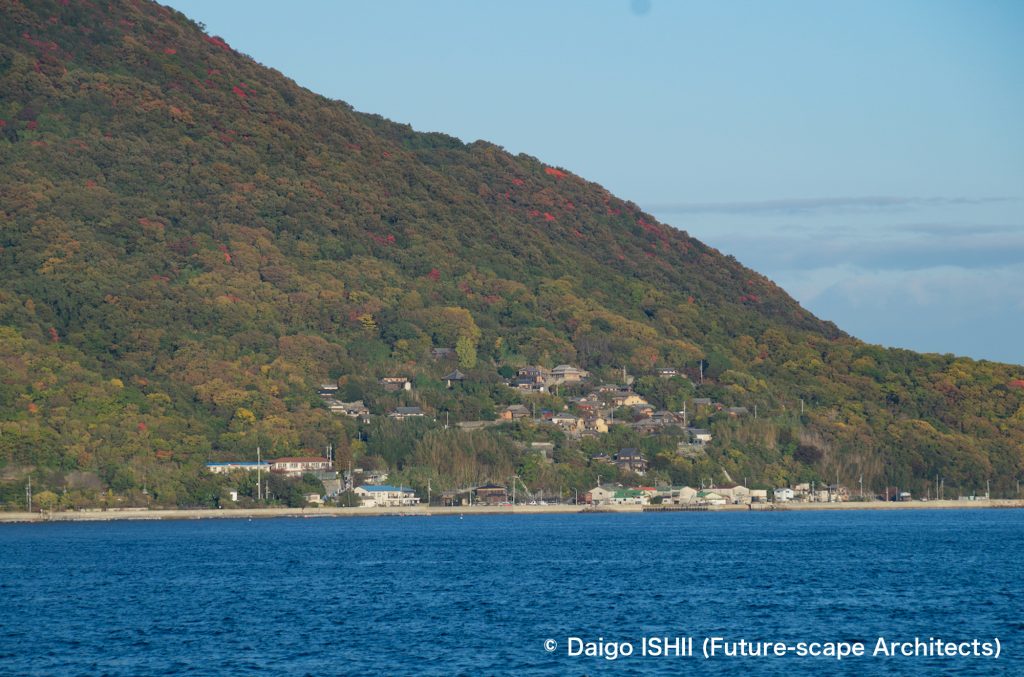
See Ura village as the venue of the art festival in Takamishima island.
https://goo.gl/maps/fMGRdCEKwfC1GekbA
高見島を初めて訪れたのは、芸術祭が、高松周辺の島で始まった2010年。香川県の西の高見島には訪れる人もなく、国の重伝建指定が検討されいた斜面集落には、すばらしい家が残っていたものの、廃屋も多く、住民は3人。多くの家が階段の先にあり、高齢者が暮らすには厳しく、朽ちて行く集落に見えました。だから、高見島が芸術祭の会場と決まった2013年、集落が残る素地ができたと嬉しくなりました。
高見島も他の島も、芸術祭により、家や集落がよみがえる未来を想像していましたが、少し違っていました。アーティストの側からすると、あるがままの状態の家を起点として作品をつくるのは、まっとうな創作方法ですが、それだと、家の退行は押し留めても、再生までは進みません。作品によっては、状態の悪い床を取り去って、インスタレーションを設置。1回限りの作品で、ここまでやって、芸術祭終了後は、床のないまま放り出されるのだろうか(専門的には、建物の剛性が低下)。伊吹島の旧郵便局の奥座敷は、島に少ない近代和風の意匠が残る建築でしたが、畳を取り、土足で回遊し、建物の価値が見えないのが勿体ない。家に配慮した作品が秀逸とも限りませんが、「家寄り」の建築家の視点では、家への配慮が欠落したアートが、毎回、気になる。
芸術祭が、島に人を呼び戻すきっかけとなり、男木島のように移住組が古民家を再生する動きも生まれる一方、高松から遠く、会期以外、観光客の少ない島では、その動きは弱く、高松周辺の勝ち組の島々でも、以前に比べ、廃屋を撤去した跡が増えていました。島によっては、以前、会場に使われた家さえ、閉じられて、老朽化が進んでいました。
100万人近く訪れ、2019年には200億円近い経済効果を生んだ、日本でもっとも成功した芸術祭だから、国や県が、アートの受け皿となる家や集落再生のコストを投入し、再生した場でアートを提案する段階に来たようにも見えました。
The first time I visited Takamijima island was in 2010 when the art festival started in the far islands in the same prefecture. This Island had no visitors. Wonderful houses were left in the slope village, but many houses were abandoned, and only three residents lived. Most were at the top of the stairs, and it was difficult for the aged to live there. So, when the island was selected as the venue for the art festival in 2013, I thought that the village had a chance to survive.
I had imagined a future where Takamijima and other islands would revive the houses and villages along with the art festival, but it was a little different. From the artist's point of view, it is an authentic method to create an artwork based on its current state of a house. A part of the artworks were installed after having removed the floor in bad condition. It must be a one-time artwork which will not back to the original? The house on Ibukijima island had a taste of a modern traditional Japanese design, which was rare on the island, but the traditional floor was removed so that people would walked with shoes on. Since the architect's viewpoint was "house-oriented", I was skeptical about artworks that lacks consideration for the house.
The art festival has become a catalyst for attracting people back to the islands close to Takamatsu as a prefecture capital, and migrants restored old houses. But, in the islands far from Takamatsu, few tourists visited except the festival period, and the movement to restore was weak.
It is the most successful art festival in Japan, with nearly 1 million visitors and an economic effect of 20 billion yen in 2019. So, now it seems to advance the phase that the national and prefectural governments should support in the restoration of houses and villages that will serve as art venues, and propose an artwork in the restored place.
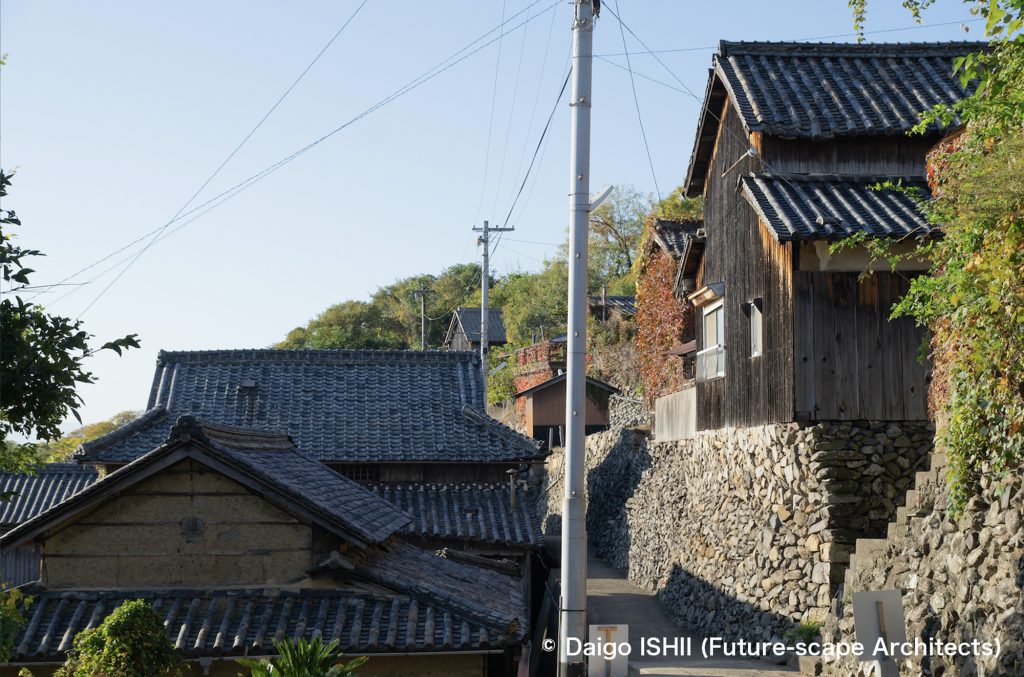
See Ura village as the venue of the art festival in Takamishima island.
https://goo.gl/maps/fMGRdCEKwfC1GekbA
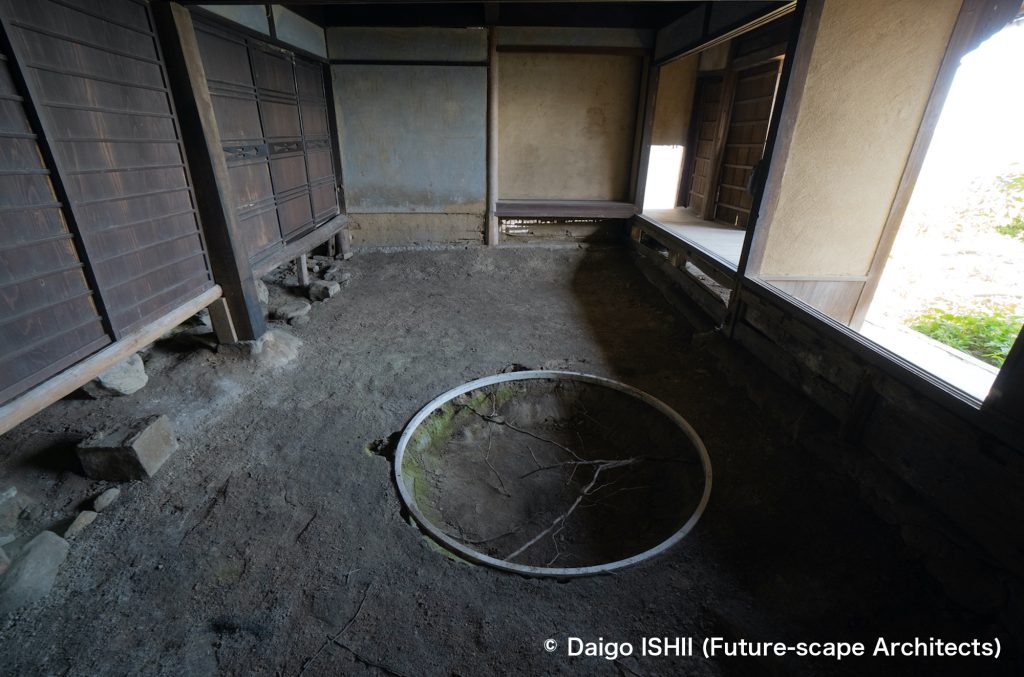
Takamishima island : See the artwork by Kohei Takekoshi which removed the wooden floor on the 1st floor.
https://goo.gl/maps/ZmwRbwLBMa97wQNh9
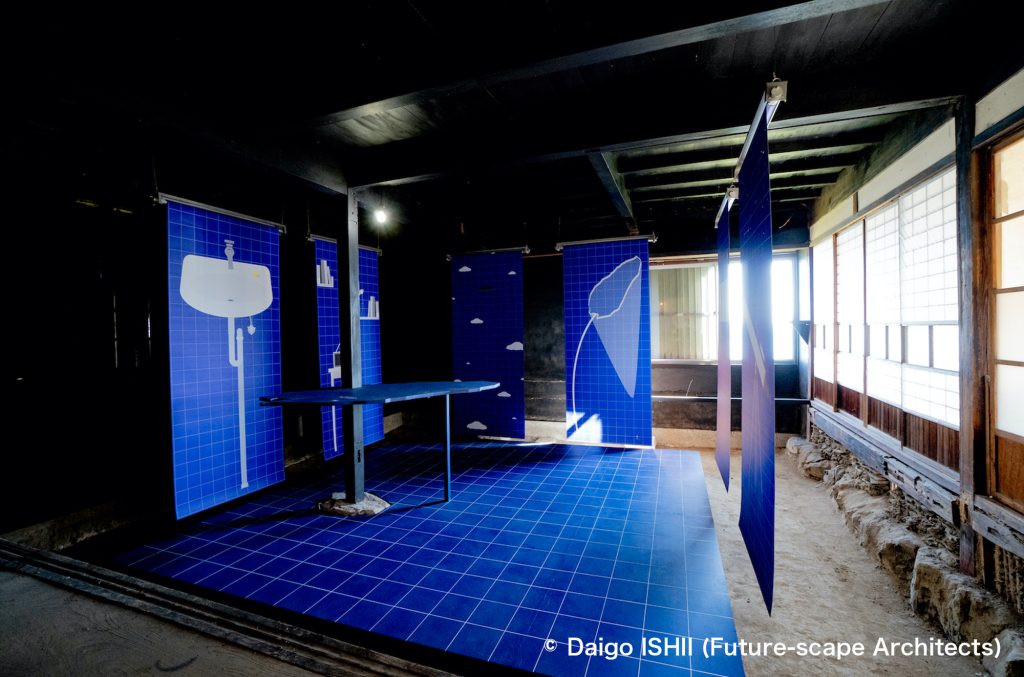
Takamishima island : See the artwork by Eri Hayashi which removed the wooden floor on the 1st floor. The 2nd floor was used as an art shop. The walls were firmly established and fixtures were placed. Therefore, the structural balance between the 1st and 2nd floor was not good.
https://goo.gl/maps/hyb29CtKXPwzZVjo6
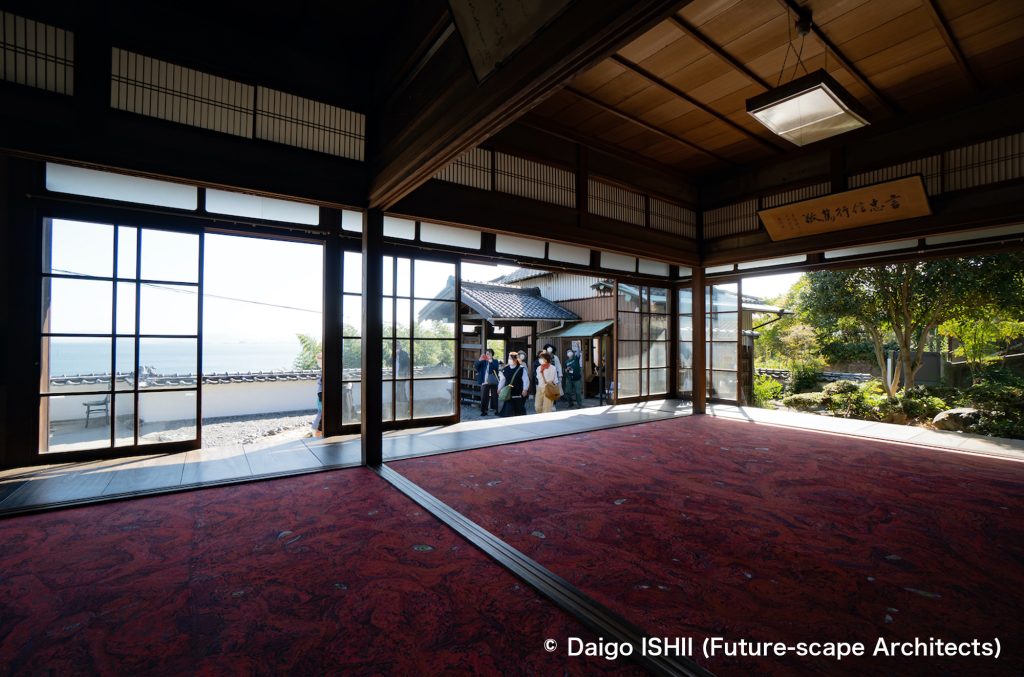
Takamishima island : See the artwork by Akari Yamashita. As for the design and preservation, this house was very nice. So, I was skeptical to install the artwork since the architecture alone is enough to appreciate.
https://goo.gl/maps/bCL8CgfhQfZAajHWA
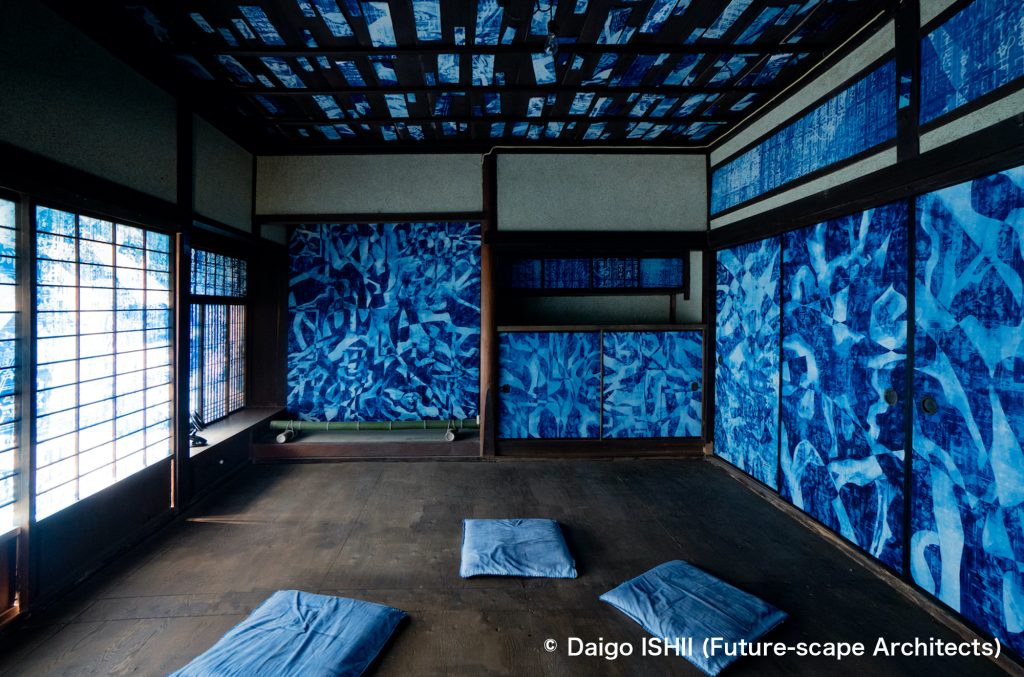
Takamishima island : See the artwork by Kentaro Suzuki. The tatami mats are removed, the shoji paper screen is replaced in blue paper, and the artworks were inserted between the columns and alcoves. It was an installation that did not burden too much on the house.
https://goo.gl/maps/ZxwV3J5S6sFtEQEy7

Takamishima island : See a permanent artwork by Kayako Nakajima completed in 2013. All openings in the house are closed, and light enters through small holes in the walls and roof. The holes are filled with acrylic rods to protect against rain.
https://goo.gl/maps/Hin5hRN2tAXzxLLe9

Ibukijima island : See the artwork by Gegerboyo. Most of the traditional Japanese design were hidden.
https://goo.gl/maps/uCP4Un7KCmjeVzPJA
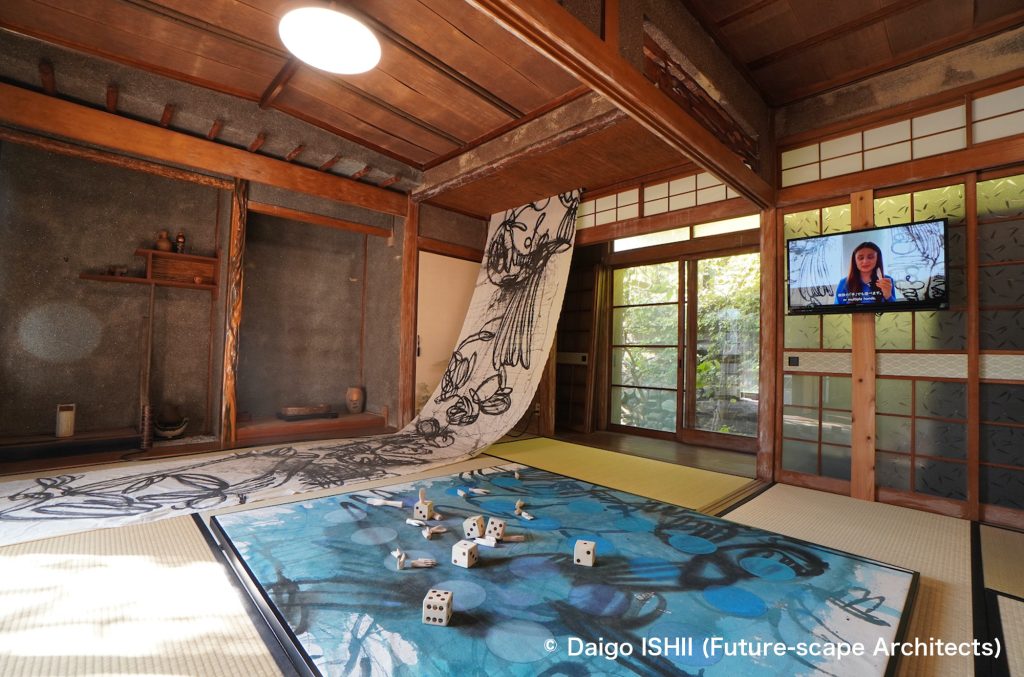
Ogijima island : See the artwork by Ekaterina Muromtseva. The installation was light. But it did not mesh well with the space composition of the Japanese style room. Wouldn't it have been better to put the TV in the alcove and decide the direction of the installation?
https://goo.gl/maps/WkWseS1cpXGiZGog8
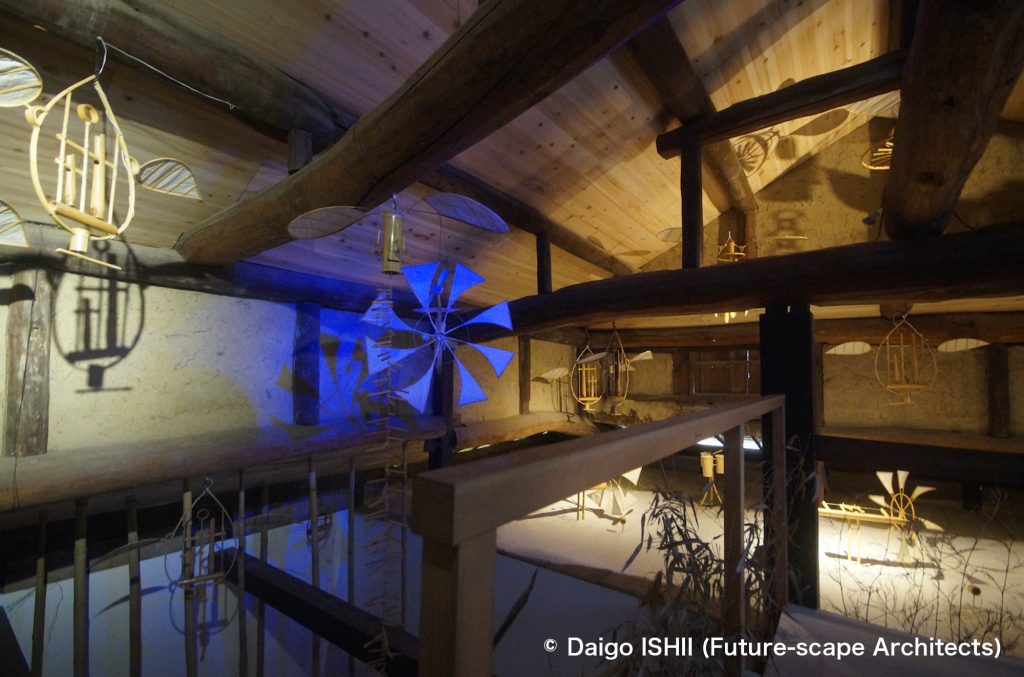
Ogijima island : See the artwork by Akinori Matsumoto. It was the most attractive installation on Ogijima island, but even in the permanent work, the exterior of the house was peeling off more than before.
https://goo.gl/maps/JrYeg3WpBTe6N4zt6
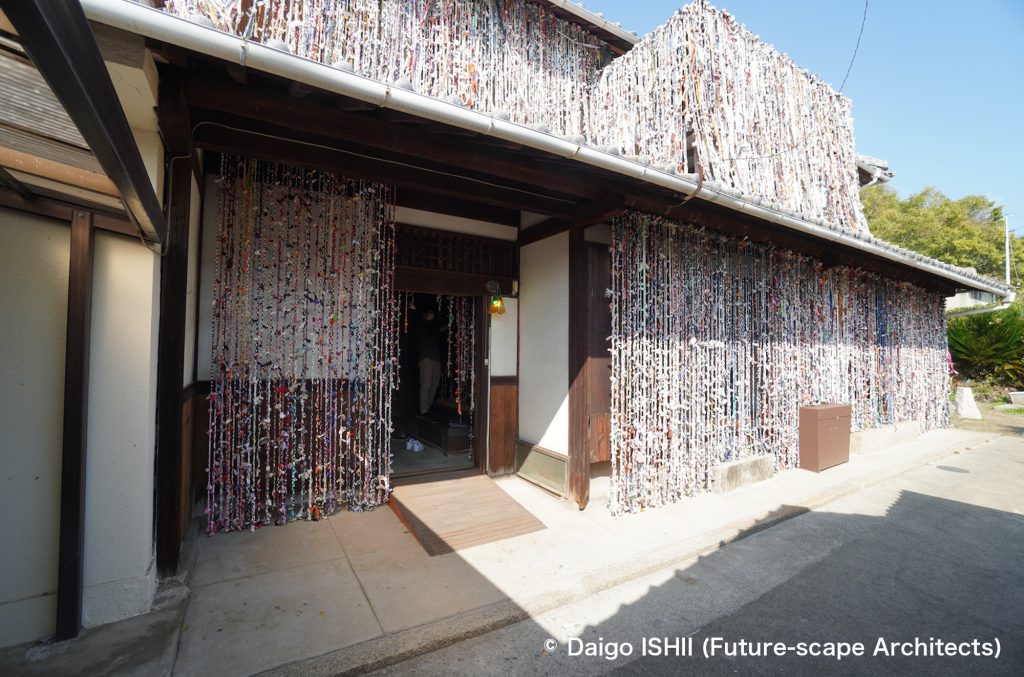
Megijima island : See the artwork by Yuki Okawa. The inside and outside of the house were filled with blinds made from old clothes.
https://goo.gl/maps/v7hsbUkY2YT8H18g7
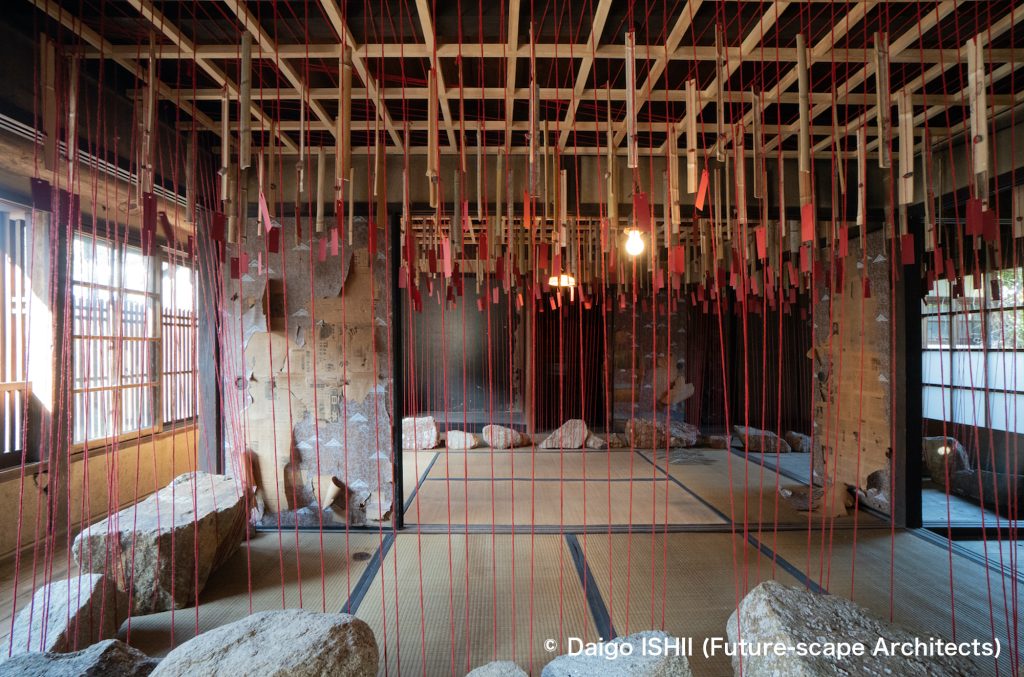
Honjima island : See the artwork by Arin Rungjang. The artwork itself was good, but the heavy stones placed on the tatami mats, and the paper fittings that looked like they had been intentionally removed rather than decayed, were worriesome. The former residents may feel a little sad.
https://goo.gl/maps/EFGY2QPvN6HLKuz87
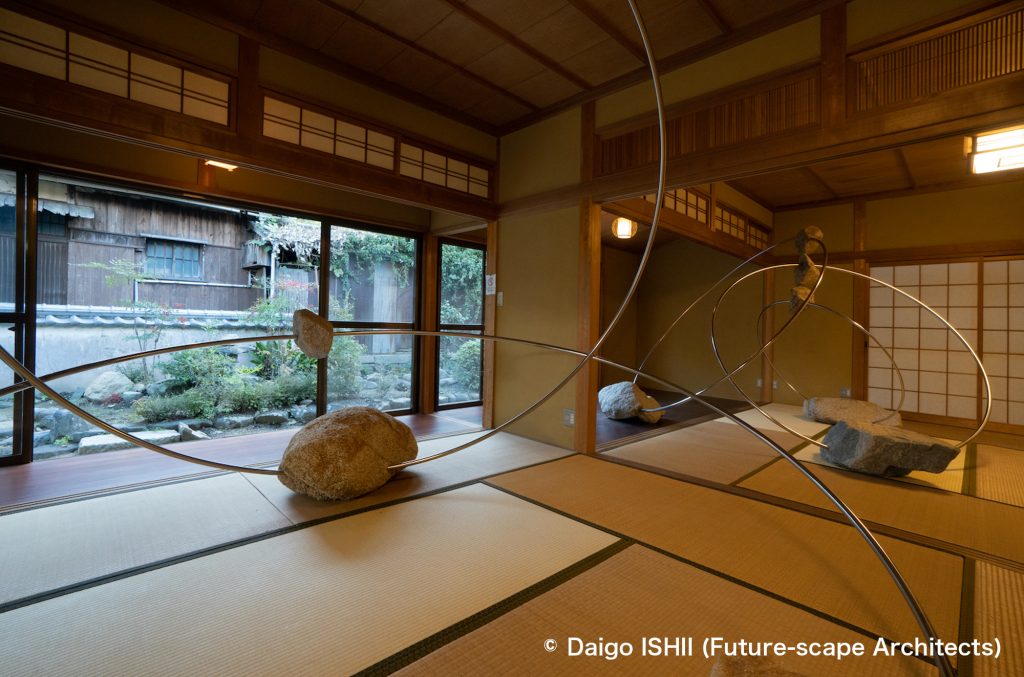
Honjima island : See the artwork by Alicja Kwade. Although the stones of the tatami mats were worrisome, this work seemed to retain respect for the house.
https://goo.gl/maps/VQ26FyCFm98H86PC7
ご感想はこちらへ / Click here for your impressions
高見島 / Takamishima island
伊吹島 / Ibukijima island
男木島 / Ogijima Island
本島 / Honjima island
参考文献 / reference
瀬戸内国際芸術祭2022公式ガイドブック アートと島を巡る旅(北川フラム/瀬戸内国際芸術祭実行委員会,現代企画室,2022)
写真の無断使用、転用はご遠慮下さい。/ Please do not use or upload our photos without permission.




